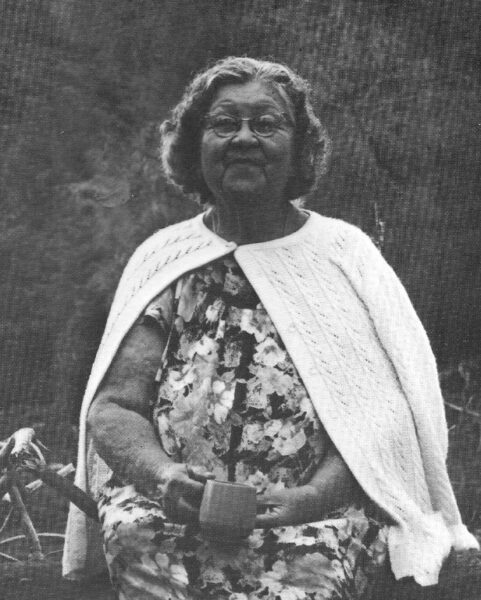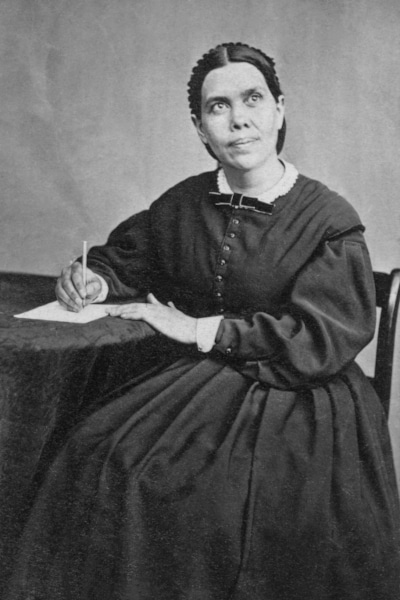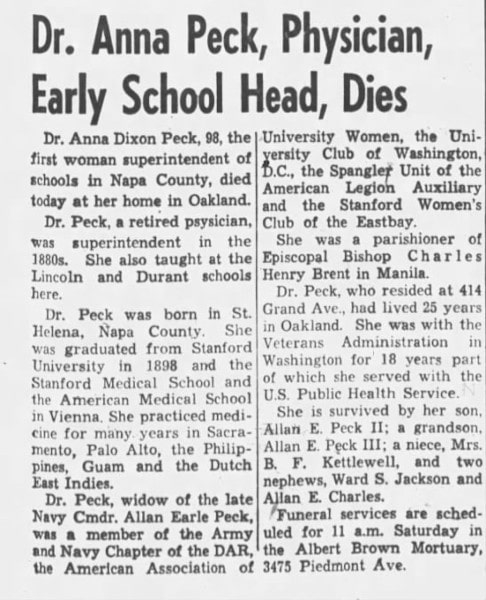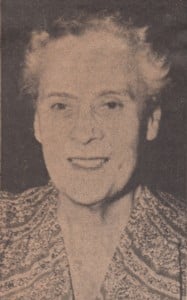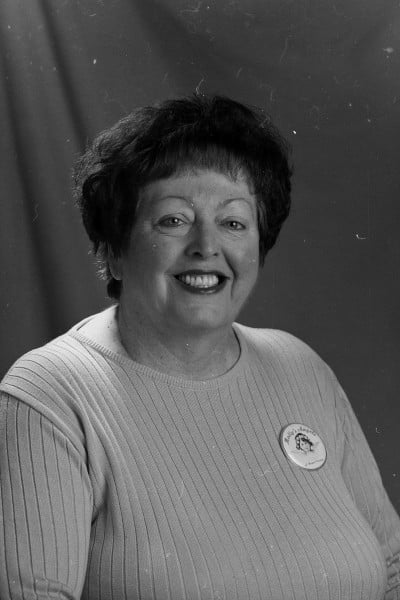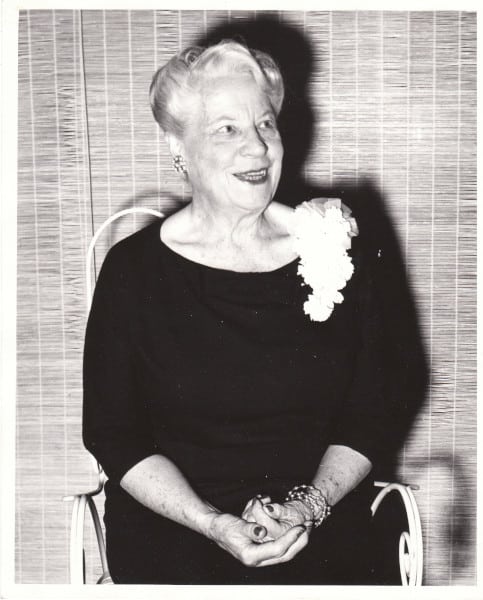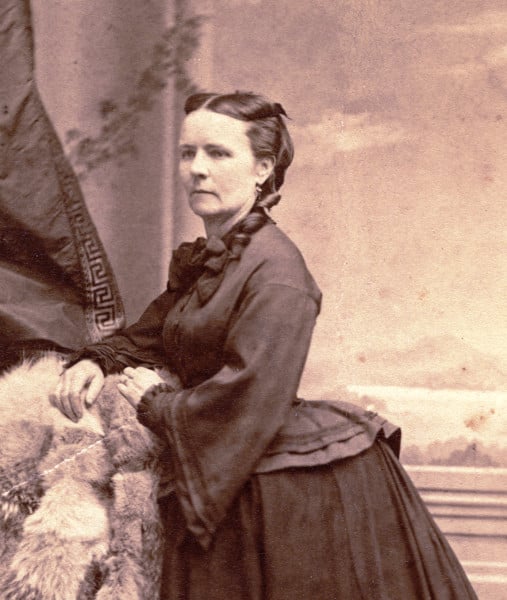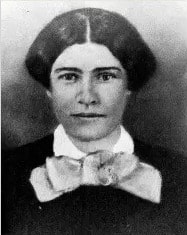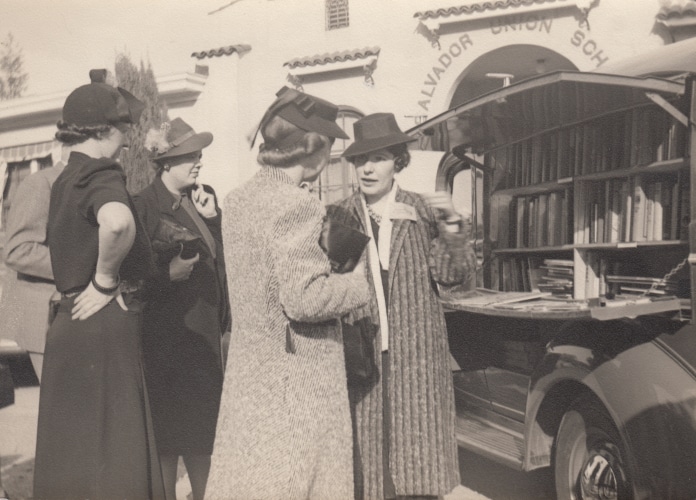
Family, faith, and education have been key components of Napa Valley culture from the earliest settlers. Historic pioneering women participated in each of these aspects of community driving the formation of family alliances, development of churches across numerous faiths, and access to education from the one room schoolhouse to college.


